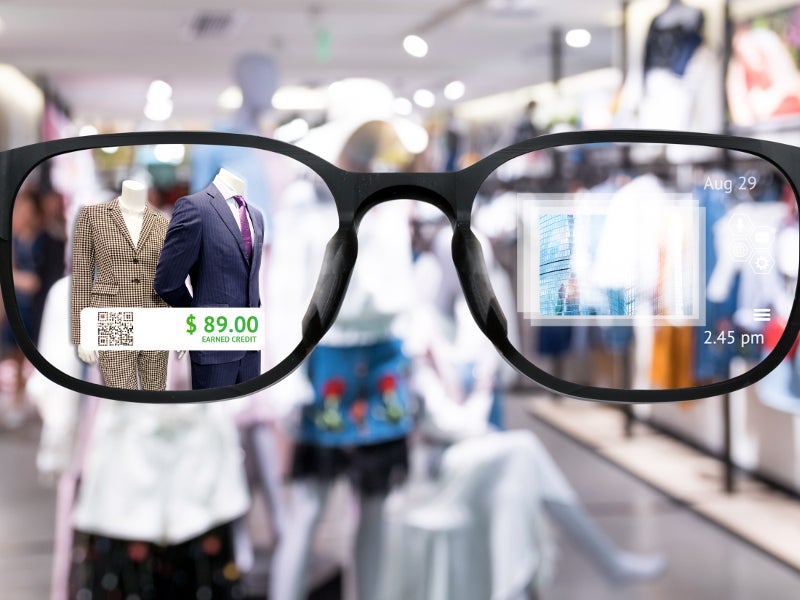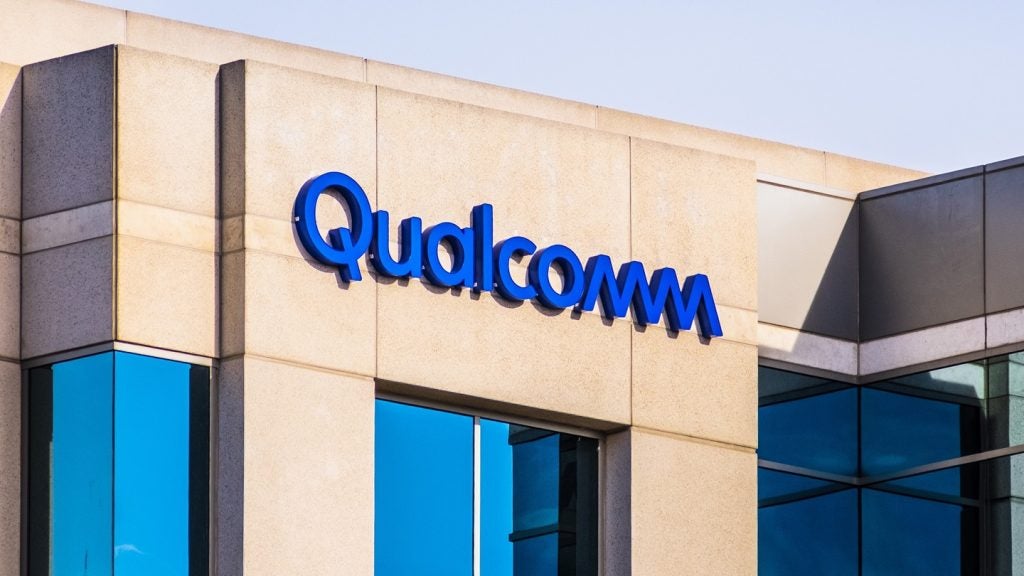Listed below are the leading technology trends in augmented reality, as identified by GlobalData.
AR as the next big computing platform
Augmented reality could be the next big computing platform. Ultimately, AR glasses may replace the smartphone as the primary connected device that users carry around with them. Apple, the world’s most profitable smartphone maker, is potentially the most vulnerable in the longer term.
AR cloud
AR cloud refers to a real-time 3D virtual map overlaid onto the real world. It promises to enable persistent content for use by multiple users, either individually or collectively. For example, AR cloud can create an indoor navigation system for a retail outlet, allowing a customer to be guided along a virtual path.
Real-time tagging of virtual content to physical locations will propel AR beyond the boundaries of devices, and make AR experiences more natural and intuitive. Following the release of Android 10 in September 2019, Google introduced an update to ARCore that allows users to generate, share, and save persistent AR content in public places for multi-user experiences.
WebAR
WebAR allows users to experience AR content through web browsers. For example, Sony’s Spider-Verse WebAR Experience lets users interact with Spider-Man and share the experience on social media, while Google’s Scene Viewer allows developers to embed 3D models into websites and search results.
With all major browsers gaining AR capabilities, content developers can see an opportunity to reach millions of devices. 8th Wall has introduced a cloud-based authoring and hosting platform that allows developers to create in-browser AR experiences and get them up and running quickly. Instant visibility, faster targeting of prospective customers, effective tracking of marketing activities, improved online visualisation of physical products, and reduction in volumes of digital storage spaces are some of the benefits of WebAR.
5G
The bandwidth limitations of current telecom networks are a major factor restricting AR’s growth. AR gaming requires latencies of less than 20 milliseconds. Samsung’s Galaxy S10 5G smartphone promises graphic-rich AR with minimal latency issues. Qualcomm collaborated with Acer, LG, and Sprint, to bring phone-powered AR headsets with 5G network capabilities to the market by the end of 2019.

US Tariffs are shifting - will you react or anticipate?
Don’t let policy changes catch you off guard. Stay proactive with real-time data and expert analysis.
By GlobalDataMachine learning
Machine learning is an application of AI that gives computer systems the ability to learn and improve from data without being explicitly programmed. Apple’s CoreML 3 enables developers to run ML models on iOS devices, improving object recognition in photos and gesture recognition. Like Apple, Google too offers ML tools to help create AR content. As mobile AR develops there will be greater demand for ML systems to be smaller, faster and more accurate.
Conversational platforms
Smartphones today typically come with virtual assistants integrated into the operating system. AR headsets and smart glasses are beginning to incorporate similar capabilities. Microsoft’s Cortana in HoloLens 2, Amazon’s Alexa in Focals by North, and Google Assistant in Bose AR smart glasses are just a few of the early iterations of voice capable AR devices. In-game voice control is expected to arrive for many AR apps over the next three years.
Data visualisation
Data visualisation is an emerging enterprise use case for AR. IBM introduced Immersive Data for iOS, an AR visualisation tool that allows scientists and executives to visualise data in interactive 3D formats. Virtualitics is working on 3D multi-user visualisation, where users can see, interact, compare, and manipulate data collectively.
Custom silicon
The smartphone ecosystem has played a critical role in the evolution of AR. Qualcomm’s Snapdragon XR1 chip is the industry’s first AR-specific processor. Google’s adoption of the XR1 for the Google Glass Enterprise Edition 2 was driven by the power of the chipset, which incorporated computer vision and machine learning capabilities. Microsoft, on the other hand, features a custom holographic display unit on its HoloLens 2 headset that processes data from the device’s onboard sensors.
Contact lenses
AR-capable contact lenses are being developed and could turn AR into a more natural, intuitive, and accessible utility. Samsung gained an AR contact lens patent in 2016, with Sony moving into the same in 2017. Microsoft is also reportedly investing $2m in this technology.
Occlusion
AR technology allows users to see the real world overlaid with a layer of digital content. Occlusion – which refers to the effect of one object in a 3D space blocking another object from view – is therefore a major issue for AR developers.
Most AR systems currently lack depth-sensing capabilities that would allow the devices’ cameras to accurately locate the position of a real object in 3D space. However, several initiatives are underway to tackle the occlusion issue. Apple, for instance, introduced People Occlusion in ARKit 3, allowing virtual objects to appear in front of or behind people.
AR payments
AR is entering the fintech sector by enabling frictionless payments. Start-up Curve is working on an AR-based payment system that identifies the point-of-sale (POS) terminal using a smartphone camera, allowing users to pay using a virtually imposed credit card. PayPal is working on smart glass-based AR payments, while Ant Financial’s Alipay already has AR functionality.
This is an edited extract from the Augmented Reality – Thematic Research report produced by GlobalData Thematic Research.









